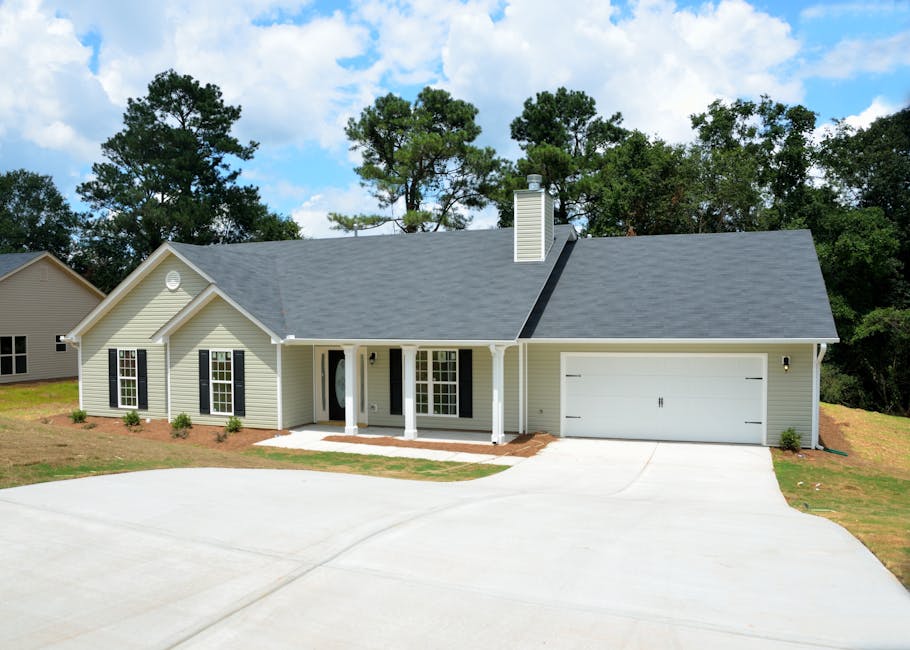Raise your hand if you’ve heard of depreciation before.
Now, raise your hand if you can define what depreciation (in relation to accounting) is…

Allow me to help – depreciation is the allocation of the cost of an asset over its useful life. It represents the decrease in the asset’s value over time.
This is extremely important for landlords because the investment property itself is considered a depreciable asset for tax purposes.
Before we dive into the benefits of depreciation, let’s understand exactly what “useful life” is first…
Useful Life
Useful life is also known as the recovery period. It’s the amount of time (in years) the asset is depreciated over. The IRS sets the recovery period for assets based on different classes.
For example, the useful life for:
- Residential real property = 27.5 years
- Nonresidential (commercial) real property = 39 years
- Appliances and furniture purchased for a rental = 5 years
- Fences = 15 years
- Improvements on residential real property (like a new roof) = 27.5 years
- Structural leasehold improvements on nonresidential (commercial) real property = 39 years
- Nonstructural leasehold improvements on nonresidential (commercial) real property = 15 years
Residential Real Property
For the rest of this article, I want to focus strictly on residential real property because this makes up the bulk of depreciation expense for landlords.

You can’t deduct the full amount of the property in the year you purchased it, so we have to calculate depreciation expense and deduct it over the property’s useful life.
As referenced above, residential real property is depreciated over 27.5 years.
This applies only to the building; the land is not depreciable.
Let’s run through a simple scenario to better illustrate the impact and benefit of depreciation:
You buy a rental property for $325,000.
The first step would be to allocate the purchase price between building and land. Depending on your town, you might be able to find the assessed values of the building and land on the assessor’s website. If not, you can call the assessor’s office to see if they have this info.
If all else fails, you will have to estimate the value of the land. Typically, it ranges from 10-20% of the purchase price.
Let’s assume the value attributable to land on the $325,000 property you purchased is $50,000. That leaves you with $275,000 attributable to a depreciable asset: the building.
Remember, this is depreciated over 27.5 years using the straight-line method (this is just a fancy way of saying that the asset is depreciated equally each year over the course of the useful life).
There are other methods of depreciation (MACRS and other forms of accelerated depreciation, bonus depreciation, etc.) but those don’t apply to residential real property so we’ll save those for another day.
Anyway, back to our example!
$275,000 over 27.5 years gives you $10,000/year of depreciation expense which you can deduct against your rental income!
Are you starting to see the benefit yet?
Cash Flow vs. Taxable Income
Let’s continue with our example even further.
Let’s assume, after all actual expenses (not including budgets for vacancy, maintenance, capital expenditures, etc. because these are not tax-deductible until they are actually expended), your investment property cash flows $800/month.
For the sake of this example, let’s assume you have no other tax deductions to take against your rental income. In that case, at year-end, you’d be sitting with $9,600 ($800 x 12 months) of taxable rental income.
Enter depreciation.

Your $10,000 of depreciation completely wipes out your taxable rental income and even generates a loss of $400.
Whether you (1) are able to deduct that loss against some or all of your other income or (2) have to carry it over depends on a number of factors, which are outside the scope of this article.
However, in either case, if you’re in the 24% tax bracket, for example, depreciation just saved you about $2,300 in federal taxes.
Since depreciation is not an actual expense that you physically have to pay out of pocket, you just generated $9,600 of cash flow without paying a single dollar of taxes on it.
Behold the power of depreciation!
The Icing on the Cake

What were we talking about again?
Want to know the best part about depreciation expense?
If you’ve read this far, I’m going to assume the answer is yes; if not, I’m going to tell you anyway.
You get to deduct it even if you used leverage to buy the property!
Let’s assume you put 25% down on the property used in the example above. Even though you financed 75% of the purchase, you still get the benefit of deducting 100% of depreciation on the building.
That seems like a pretty good deal to me.
The Downside of Depreciation
Depreciation recapture. This can sneak up on investors and cost them a pretty penny in taxes if the appropriate steps are not taken.
In my next post, I will go into more detail about depreciation recapture, how and when it comes into play, and how you can avoid it.
Aiola CPA, PLLC is a 100% virtual CPA firm, specializing in tax planning and preparation for real estate investors. See more at www.aiolacpa.com




Question about cashflow. If your house PITI costs you $1000 per month, and you charge the tenant $1000 per month. Do you have cashflow for tax reporting purposes?
Yes you do because principal payments are not tax deductible.